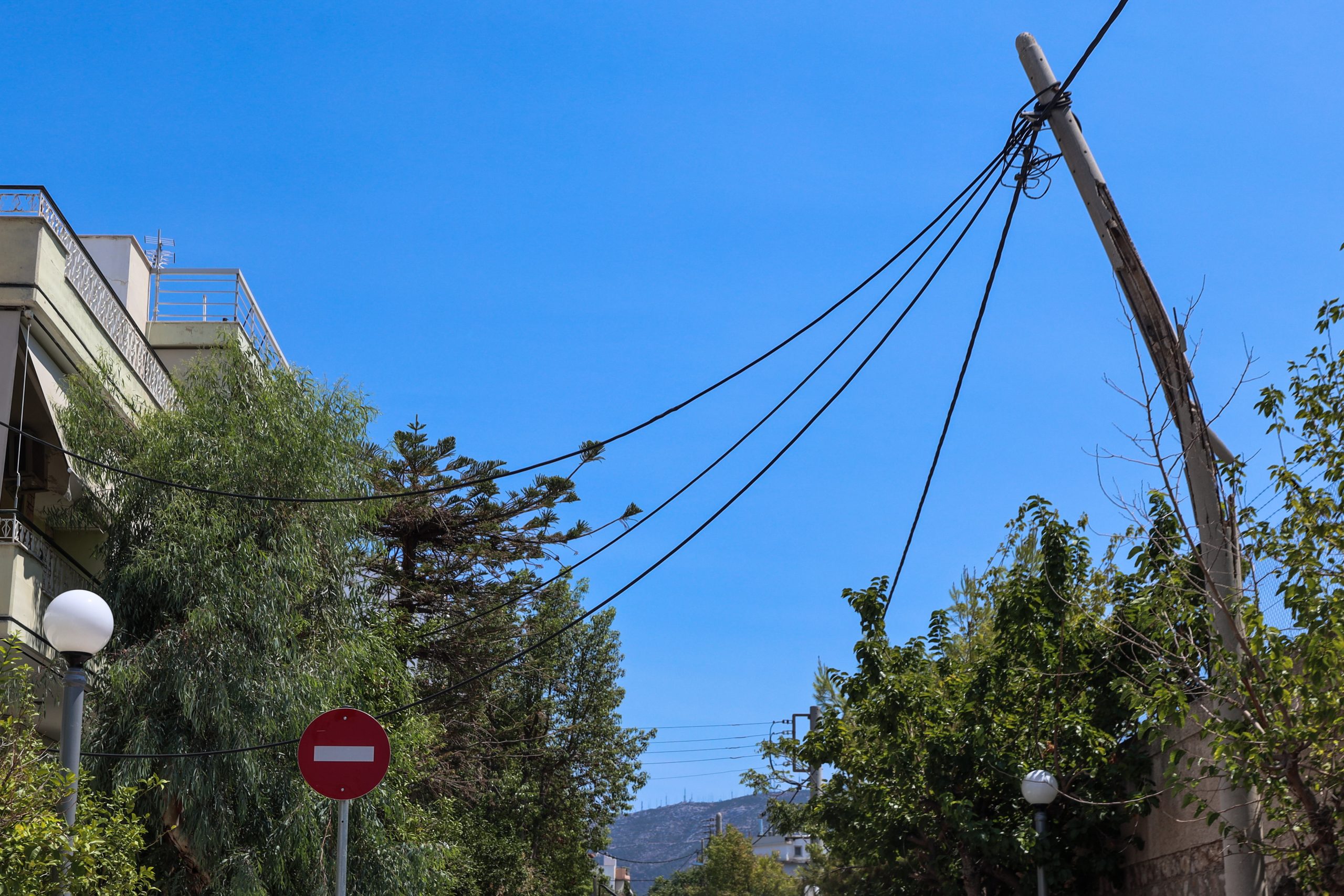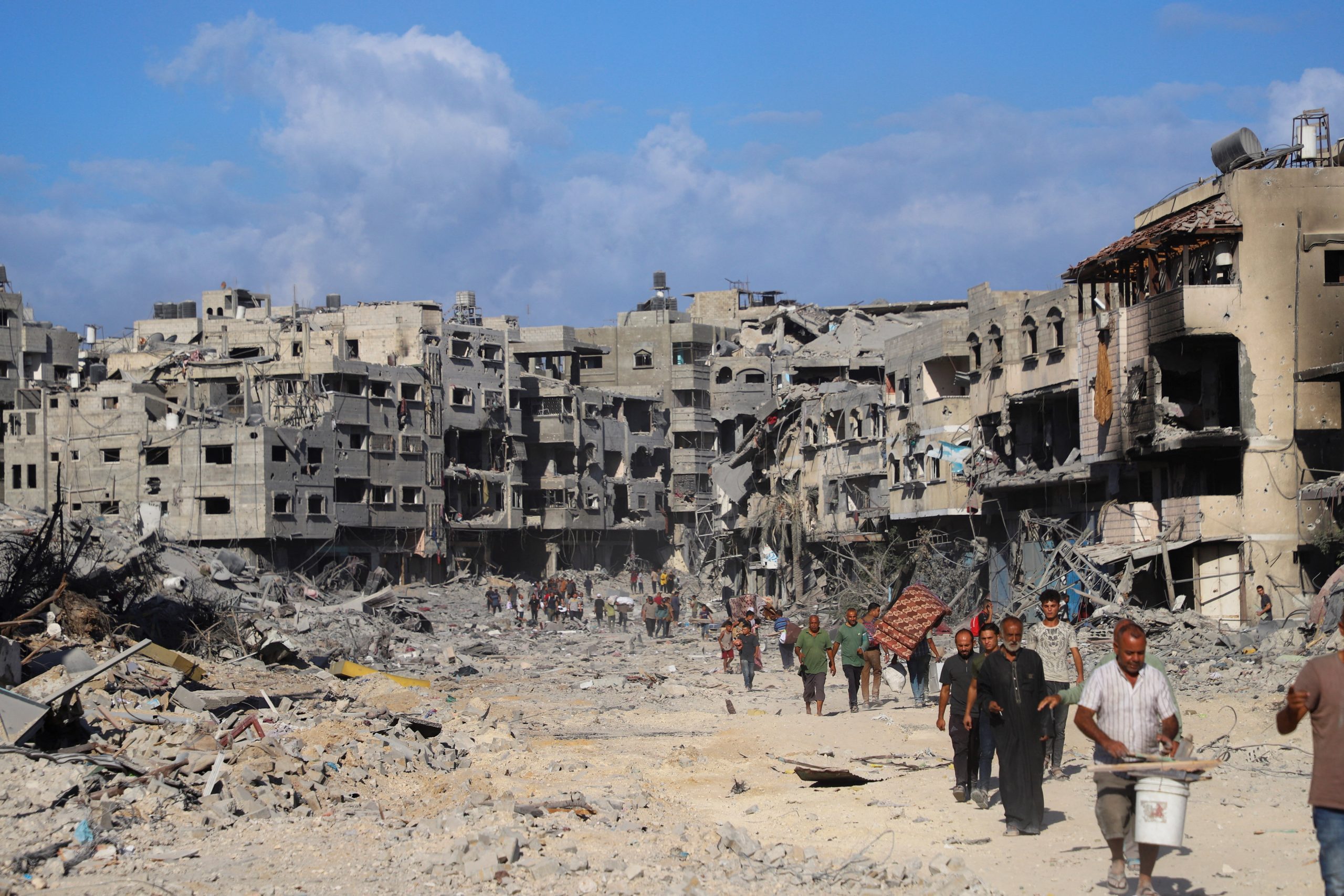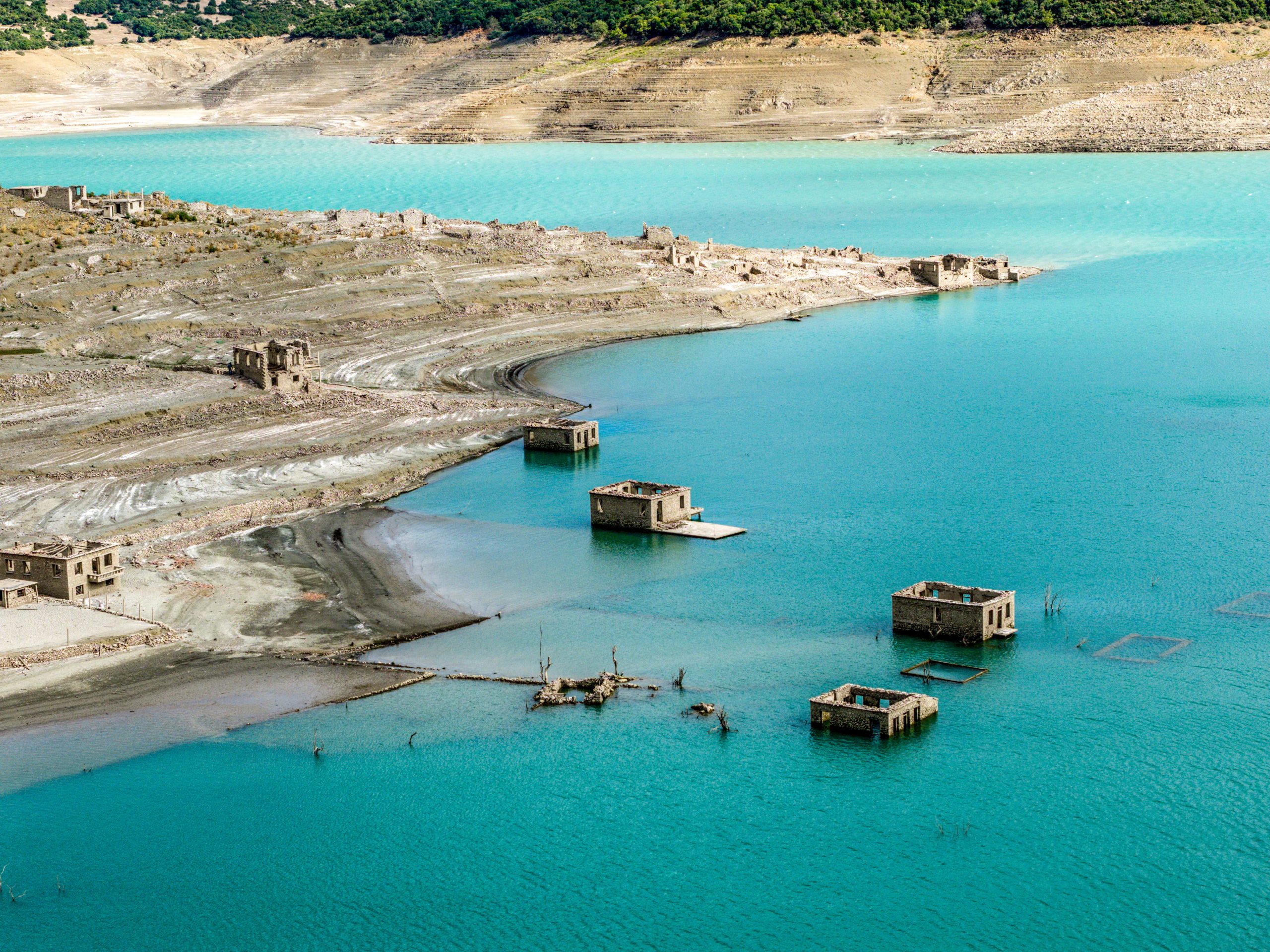According to the report, overhead power lines have repeatedly been cited by officials and residents as ignition sources in major wildfires across Greece. The core issue lies in the fact that roughly 90% of the country’s 262,000 kilometers of medium- and low-voltage lines remain above ground, leaving them exposed and highly vulnerable to extreme weather conditions.
While a full underground conversion of the network would drastically reduce fire risks, HEDNO sources told Kathimerini that such a project is considered economically unfeasible. The cost is estimated at €35 billion, and its implementation would take decades. Currently, Greece’s underground grid covers only about 31,000 kilometers.
The total underground network amounts to roughly 31,000 kilometers, while 3,900 kilometers must be upgraded or buried by 2026.
However, the pace of undergrounding has accelerated in recent years. Between 2017 and 2020, just 250 kilometers were buried annually. By 2024, that figure rose to 1,800 kilometers per year, including 500 kilometers in forested areas. The company says that approximately 3,900 kilometers of overhead lines are already slated for upgrading or undergrounding by mid-2026, focusing on both urban and high-risk forest zones.
Despite progress, experts warn that Greece’s power grid remains a significant fire hazard, as the vast majority of lines continue to run overhead through fire-prone regions.
 What is fyi.news?
What is fyi.news?







